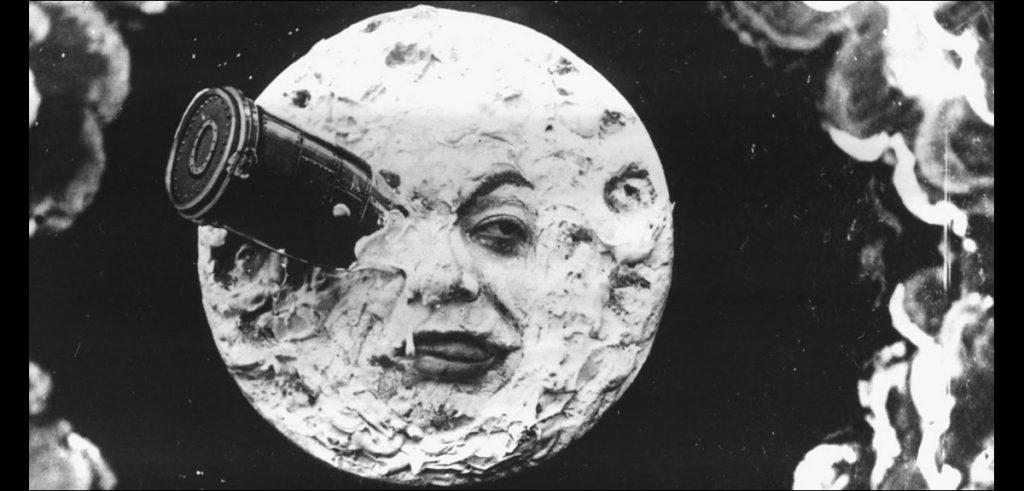Six nations are flying off to the Moon in a year finds Satyen K. Bordoloi as he discovers six reasons for this sudden rush and also India’s role in this stampede
Though films had been made for seven years before, cinema truly began only after Georges Méliès’ 1902 masterpiece: A Trip to the Moon. At a time when flying hadn’t even been invented, no one could imagine that barely 57 years later humans would land a mission on the Moon.
Yet, like the before and after of Méliès’ film, the real, deeper exploration of the Earth’s lunar satellite would only begin 64 years later in 2022-23 with six nations – Japan, South Korea, Russia, India, the United Arab Emirates, and the United States – planning to send missions to the Moon.
This stampede for doing science on and around the Moon, among many, is driven by six key goals.
1. A matter of Prestige: Nine nations have a nuclear bomb, but only seven have been on or around the Moon with only one: the USA – ever landing humans on its surface. This despite the Moon being the closest celestial object to Earth. Thus, going to the moon is not just about science, it is a matter of national and international prestige, of showing off one’s scientific prowess to the world.
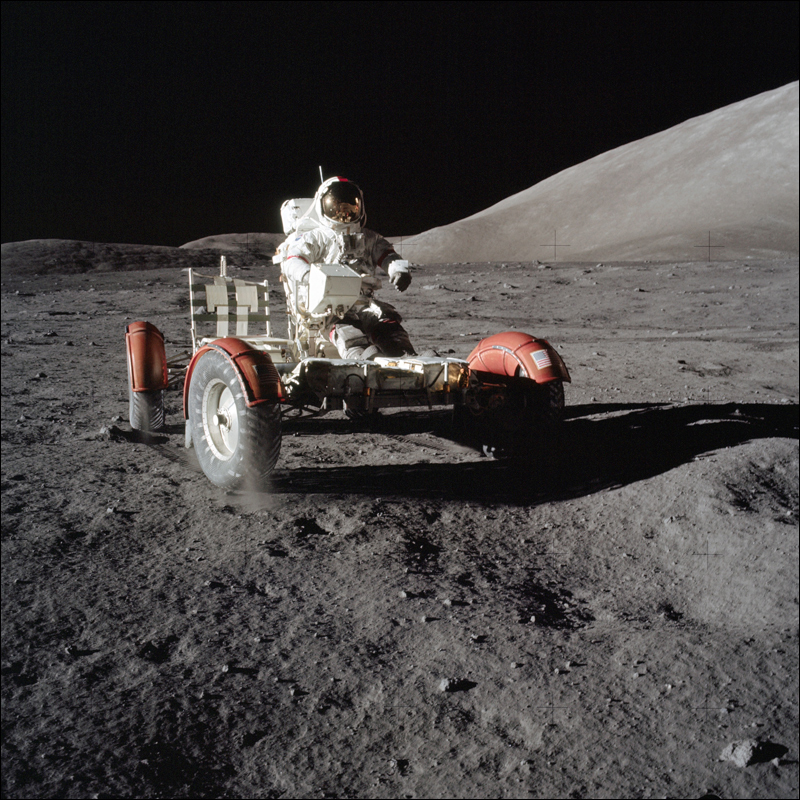
2. Easier, Cheaper, Better: The Oscar-winning film Gravity launched just a month before India’s Mangalyaan mission in 2013. Gravity’s budget was $100 million, India’s Mars probe mission cost $73 million. It is not just India – who after sanctions imposed post its 1974 nuclear tests had to develop indigenous space technology – but the rest of the world that has figured out how to do space cheaper, easier, and better. Budgets only nations could afford once have gone low enough for private corporations to have. Indeed, it has become so easy that there’s even a non-profit called Copenhagen Suborbitals with an open-source D.I.Y. space endeavour mandate. The result is a stampede of missions to Earth’s outer orbit and beyond.
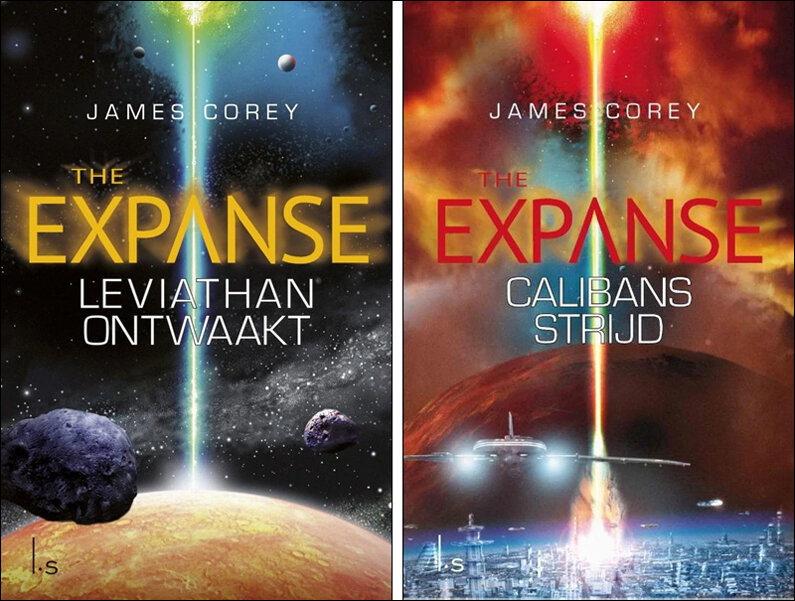
3. Resources: As the resources of the world deplete, we will have to look elsewhere for the same. Thus, the world of sci-fi novel Expanse, where cargo ships haul minerals across the solar system may be nearer than we expect. In such a scenario, trips to the Moon and across the solar system would be a matter of survival for humanity.
4. Interplanetary stopover: Moon is increasingly being looked at as a base if humanity wants to go further. When the first humans go to Mars, they’ll first have a pit stop on a lunar base. Secondly, the flight capabilities being built to go to the Moon will lead to those that will truly make humans a space-faring civilization. The Moon thus becomes not a destination necessarily, but a proof of concept for humanity’s larger objectives. Frank Sinatra’s famous lines, “Fly me to the moon, let me play up there with those stars, let me see what spring is like on Jupiter and Mars,” is a tacit motto for humanity’s lunar ambitions.
5. Financial Exploitation: The way we are going, 20 or 30 years from now, having a base on the moon could become essential for even the financial stability of a nation. Since the Moon had literally broken away from Earth, the expectation is rife of it having many of the same minerals that earth does. These will not only be needed to make things on earth but could also be needed to ensure the markets continue growing. If Apple in 2040 doesn’t have moon operations, it’ll struggle to be among the top 50 companies in the world. Also, aiming for the Moon automatically pushes a nation’s scientific capabilities because of all the peripheral technologies required to be built for it. This leads to inventions and creations that also lead to financial profits.
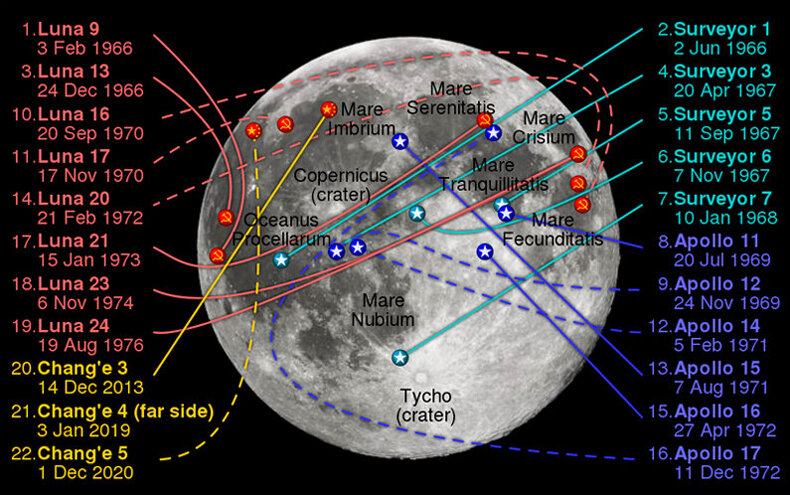
6. Second Home: Though this is not the explicit target of any missions, the clamour to have a backup home, no matter how tiny, has been growing as we realise how fragile we are on earth and how anything, from meteor to climate change could lead to our doom here. Being on the moon, and trying to build a small human colony there, would be the first step toward humanity’s larger colonial goals. Moon today, Mars – which seems better than Moon as a second home – tomorrow. The collective knowledge from these 2022-23 missions will help us in humanity’s goal of a second planet.
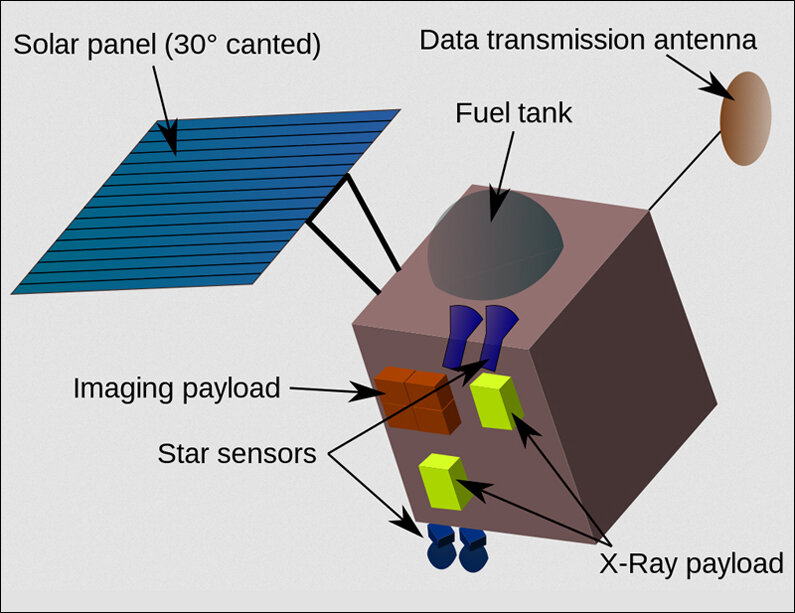
These six Moon missions, and a dozen-odd planned in the next few years across the world, could not have happened without India. Chandrayaan-1 launched by ISRO in October 2008 which attempted to produce a complete map of the chemical composition on the lunar surface, made a world-altering discovery. It found the widespread presence of water molecules on the lunar soil. This means Moon has water. One of the key goals of some of these missions right now is to find out where this water is concentrated. That could become our first base.
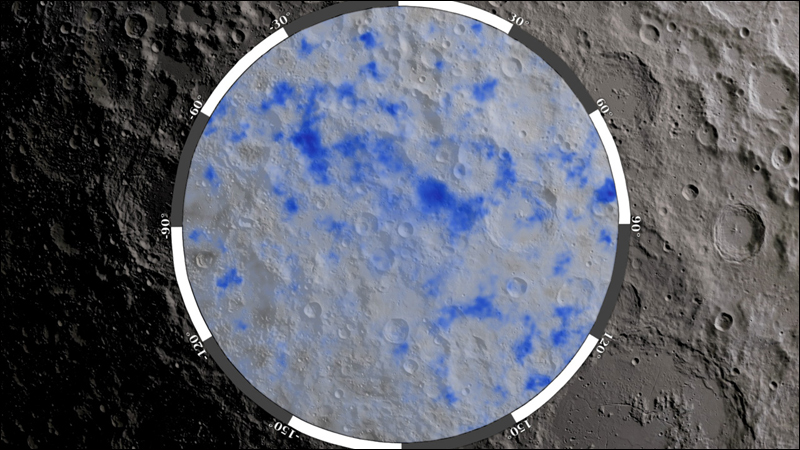
The discovery of water on the moon changed the way we looked at the moon because this meant that it was no longer uninhabitable. Water is essential to sustain biological life. The presence of water particles on its surface means that there could be aqueous locales around that could be harvested for human use in future missions.
This started the race to the Moon that is culminating with six missions in a year, and many more later. What these missions will find, will only speed up the race further.
In A Trip to the Moon, scientists find and fight off lunar inhabitants before returning to earth. In these six trips to the moon, their scientists would be hoping to find something better: the knowledge that could start a gold rush to the Moon, and beyond.
In case you missed:
- Part 2: The Truth about Aliens: Literal & Philosophical
- Cryptobiosis – Humanity’s hope in climate crisis, space travel?
- The Robotics Revolution All Around We Don’t See
- Magic of Genetic Diversity: How a Varsity Pool Could Change DNA Rules
- Why AGI, superintelligence fears for AI are unfounded
- Quantum Field Theory: Unveiling the Universe
- Artificial Leaves Fight Climate Change, Become Future of Energy
- The ChatGPT Legacy: How It Changed Our Perception of AI Forever
- How Technology Failed Israel & Can’t Be Substituted for a Political Solution
- Why AI Being ‘intelligent’ Is the Greatest Con Pulled on the World



